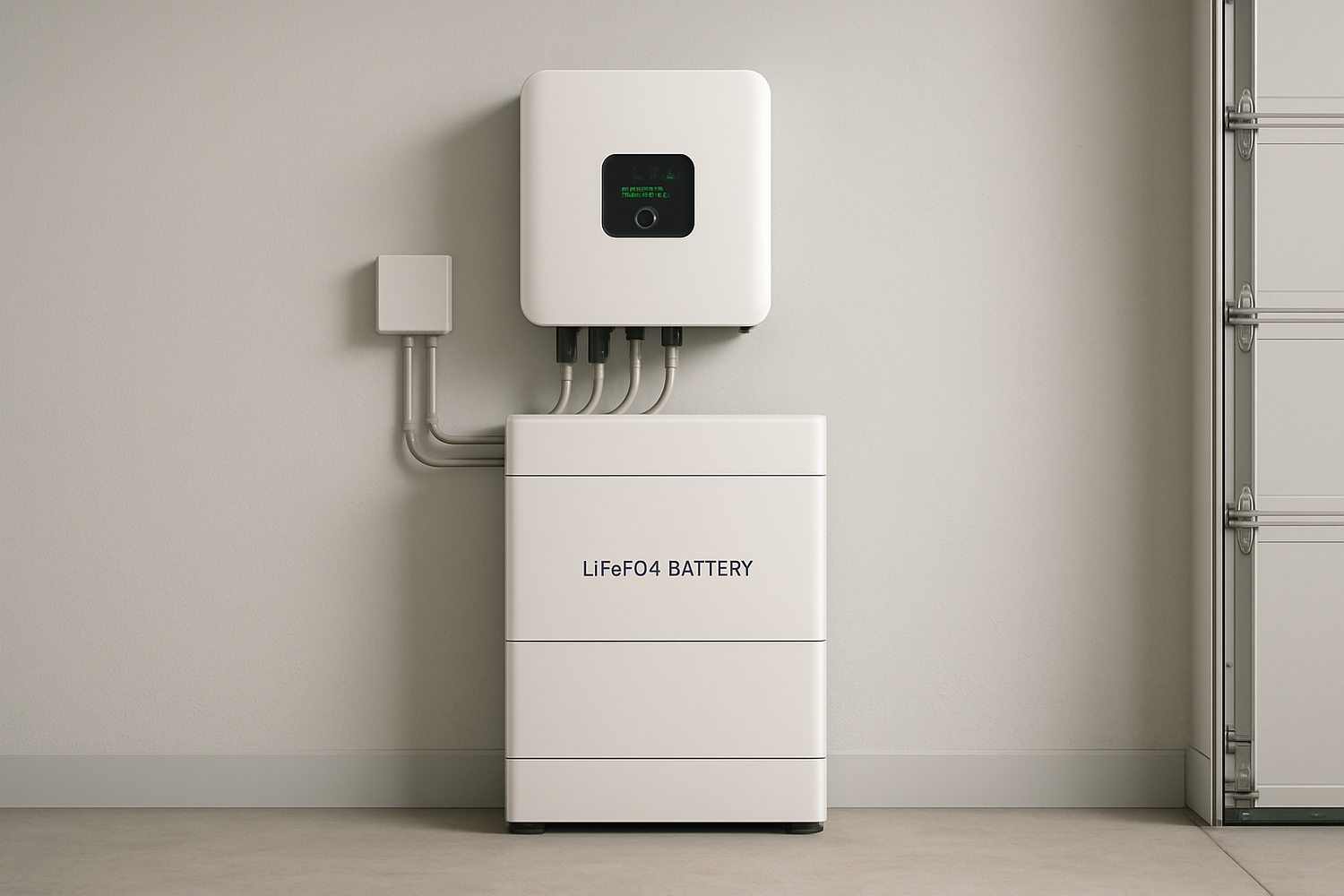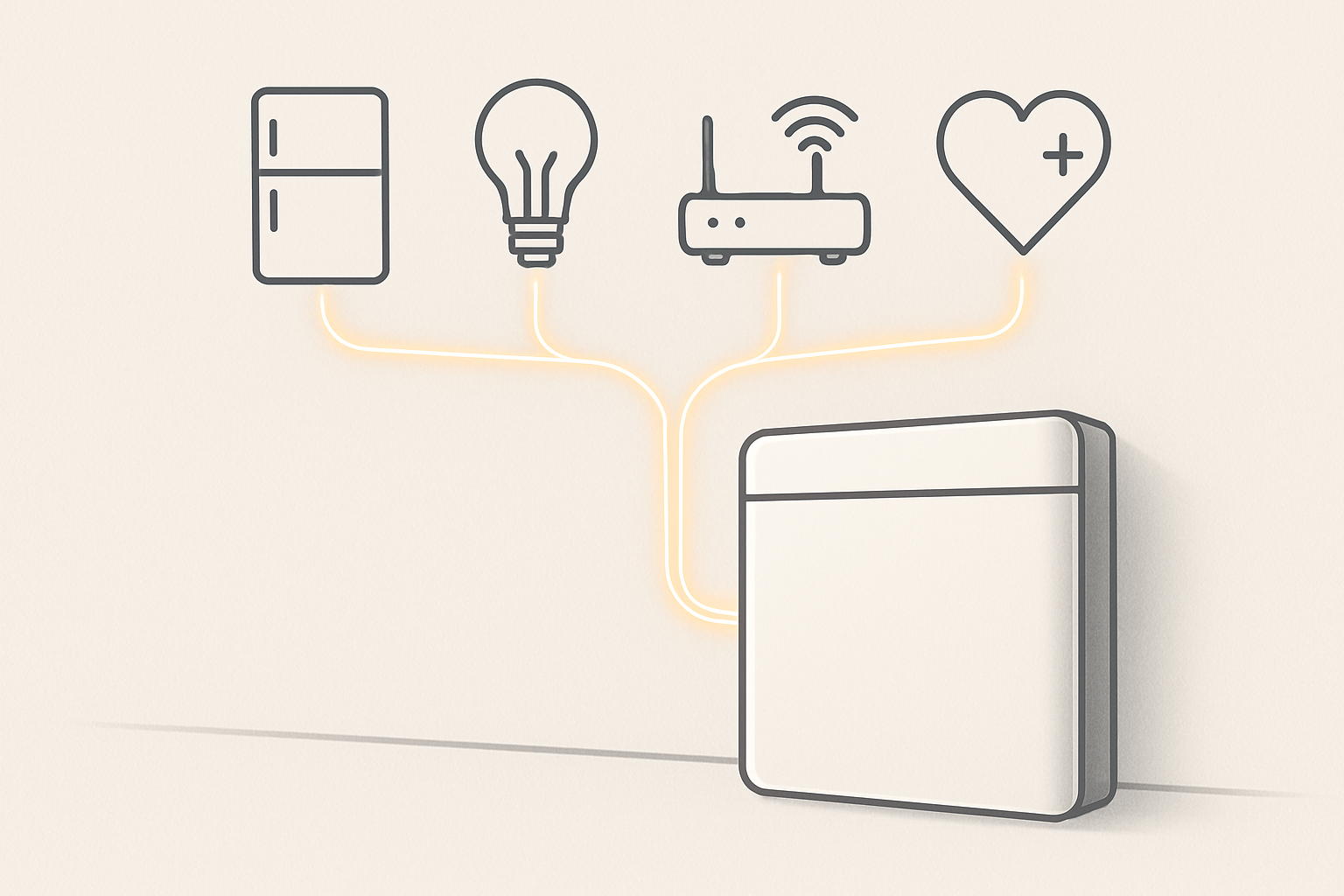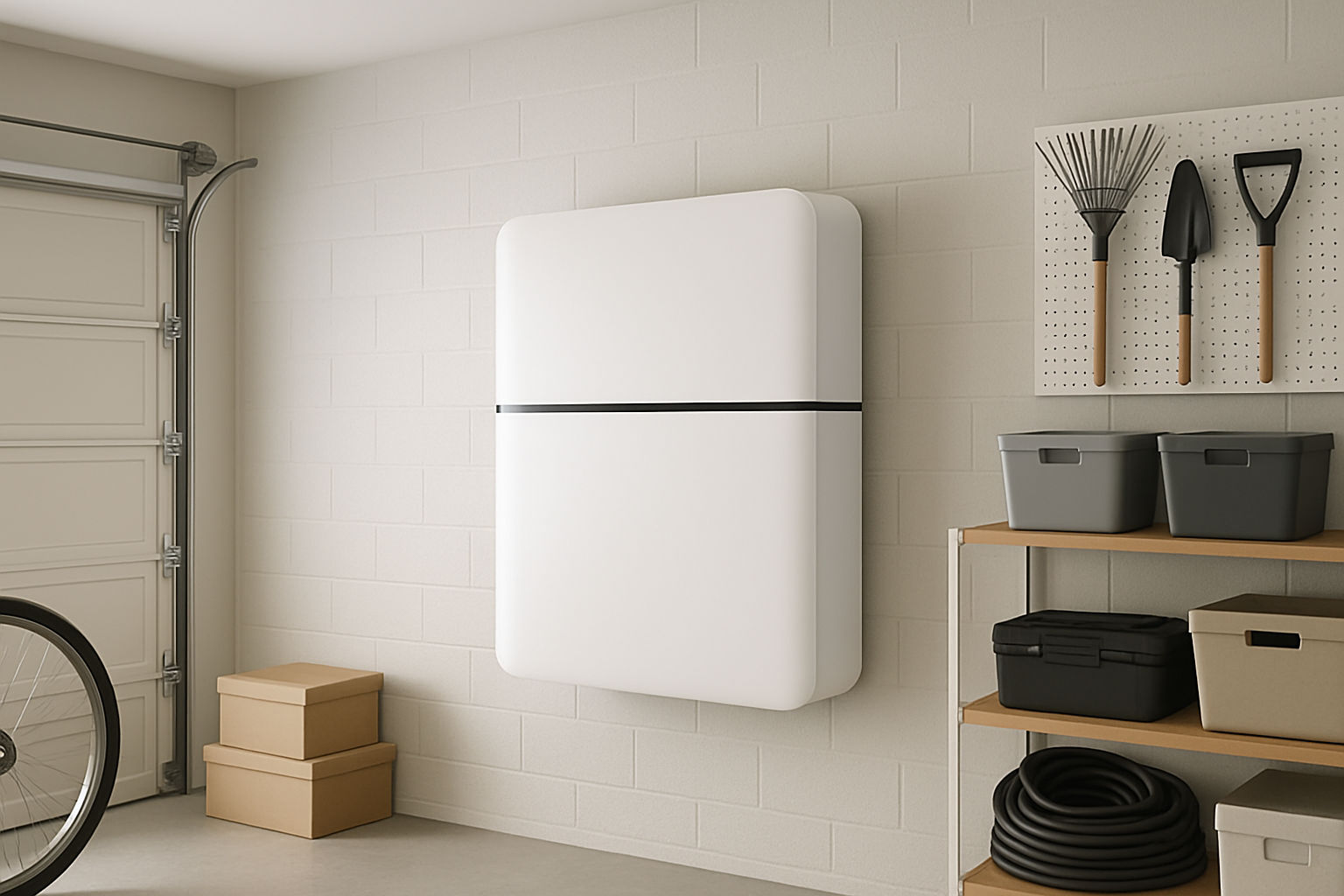A home energy storage system is a significant step toward energy independence. It provides reliable backup power and helps you maximize your solar investment. To ensure your system operates safely and efficiently for years, performing routine safety checks is vital. These simple inspections give you peace of mind and help maintain the health of your residential battery safety setup.
Physical Inspection and Environment
The physical condition and surroundings of your home energy storage unit are fundamental to its safety. A quick visual check on a regular basis can prevent many potential issues.
Check for Physical Damage
Carefully inspect the exterior of your battery and inverter. Look for any dents, cracks, swelling, or signs of leaking. The casing protects the sensitive internal components, so any breach can compromise safety. Also, check terminals for any signs of corrosion. If you notice any physical changes, it's best to contact a qualified installer for a professional assessment. Any visible distortion is a critical warning sign that requires immediate attention.
Ensure Proper Ventilation
Your energy storage system generates heat during operation. Proper ventilation is crucial to dissipate this heat and maintain an optimal temperature. Ensure that the vents on the unit are not blocked by boxes, furniture, or debris. Most batteries operate best between 15–30°C (59–86°F). Consistent overheating can reduce your battery's lifespan and efficiency. The installation location should be cool, dry, and away from direct sunlight.
Maintain a Clean and Clear Area
The area around your home energy storage system should be kept clean and clear. Remove any dust, debris, or flammable materials from the vicinity. A clear space of at least three feet around the unit is recommended to allow for adequate airflow and safe access for maintenance. This simple housekeeping task is a critical part of residential battery safety.
System Performance and Monitoring
Modern energy storage systems come with sophisticated monitoring tools. Using them effectively allows you to keep a close watch on your system's health and performance from anywhere.
Regularly Review System Monitoring Software
Your system's mobile app or web portal is your window into its operation. Make it a habit to check the dashboard weekly. Look for any error codes, warnings, or alerts. These notifications are the system's way of telling you something needs attention. Familiarize yourself with normal performance patterns so you can easily spot irregularities in charging or discharging behavior.
Understand Key Performance Metrics
Monitoring performance is not just about checking for errors. It's also about understanding the health of your battery over time. Key metrics like State of Charge (SoC) and Depth of Discharge (DoD) provide valuable insights. According to research from IRENA's Electrification with renewables: Enhancing healthcare delivery in Mozambique, factors like a battery’s efficiency and DoD are critical for determining its stored energy capacity. A sudden drop in the ability to hold a charge is a clear sign of degradation. For a deeper analysis of how these factors influence your system, you can find more information in this ultimate reference on solar storage performance.
Listen for Unusual Noises
Your energy storage system should operate quietly, with only a faint hum from the inverter's cooling fans. If you hear any loud or unusual noises like buzzing, crackling, or grinding, it could indicate an electrical fault or a mechanical issue. Do not ignore these auditory warnings; they often signal a need for immediate professional inspection.
Electrical System Integrity
The electrical components of your system are its heart. Ensuring their integrity is non-negotiable for safe operation. While some checks can be done visually, others require a professional.
Inspect Wiring and Connections
Visually inspect the electrical wiring connected to your system. Look for any signs of fraying, cracking, or discoloration, which could indicate overheating. Check that all connections are tight and secure. Loose connections can cause arcs and create a fire hazard. If you are not comfortable performing this check, include it as part of your annual professional maintenance schedule.
Verify Safety Shut-off Mechanisms
Home energy storage systems are equipped with multiple safety features, including circuit breakers and emergency shut-off switches. These devices are designed to automatically disconnect the battery in case of a fault. It's important to know where your system's shut-off switches are located. During a professional service, ask the technician to test these mechanisms to ensure they are functioning correctly.
The Importance of Professional Maintenance
While homeowner checks are crucial, they do not replace the need for professional servicing. An expert can identify issues that are not visible to the untrained eye.
Schedule Annual Professional Inspections
An annual inspection by a qualified technician is a worthwhile investment. Professionals can perform detailed diagnostic tests, check battery capacity, update firmware, and ensure all components are working as they should. This proactive approach helps catch minor issues before they become major problems, ensuring your system complies with safety standards like UL 9540.
Know Who to Call
In case of an emergency or if you notice a serious issue like physical damage or strange noises, you need to act quickly. Keep the contact information for your original installer or a certified electrician readily available. Do not attempt to repair a damaged battery system yourself. As the IEA notes in its report, The Power of Transformation, battery safety is a key challenge, and professional handling is essential to mitigate risks.
Your Role in Long-Term Safety
Your home energy storage system is a powerful tool for achieving energy independence. By performing these seven essential safety checks, you play an active role in its longevity and safe operation. Regular inspections, diligent monitoring, and timely professional maintenance ensure your system remains a reliable and secure source of power for your home. These practices, as highlighted in IEA's Clean Energy Innovation report, are part of the growing adoption of consumer-side energy technologies like home battery storage.
Frequently Asked Questions
How often should I perform these safety checks?
A quick visual inspection of the area and a check of your monitoring app should be done weekly. A more thorough physical and electrical inspection is recommended on a monthly or quarterly basis. An annual inspection by a qualified professional is highly recommended for deep maintenance and diagnostics.
What are the signs of a failing home battery?
Common signs include a reduced ability to hold a charge, longer charging times, unexpected shutdowns, frequent error codes on the monitoring system, and physical changes like swelling or leaking. If you notice your energy bills increasing without a change in usage, it could also indicate your battery is underperforming.
Is it safe to have a home energy storage system indoors?
Yes, it is generally safe to install a home energy storage system indoors, such as in a garage or utility room, provided it is installed correctly and meets all local building codes and safety standards like NFPA 855. The location must be well-ventilated, dry, and clear of flammable materials. Systems should never be installed in habitable spaces like bedrooms or living rooms.
What is the difference between LiFePO4 and other lithium-ion batteries in terms of safety?
LiFePO4 (Lithium Iron Phosphate) batteries are known for their superior safety profile compared to other lithium-ion chemistries. The phosphate-based chemistry provides a more stable molecular structure that is highly resistant to thermal runaway, even if overcharged or physically damaged. LiFePO4 cells are incombustible and can withstand harsh conditions without the risk of fire or explosion, making them an excellent choice for residential battery safety.





Leave a comment
All comments are moderated before being published.
This site is protected by hCaptcha and the hCaptcha Privacy Policy and Terms of Service apply.